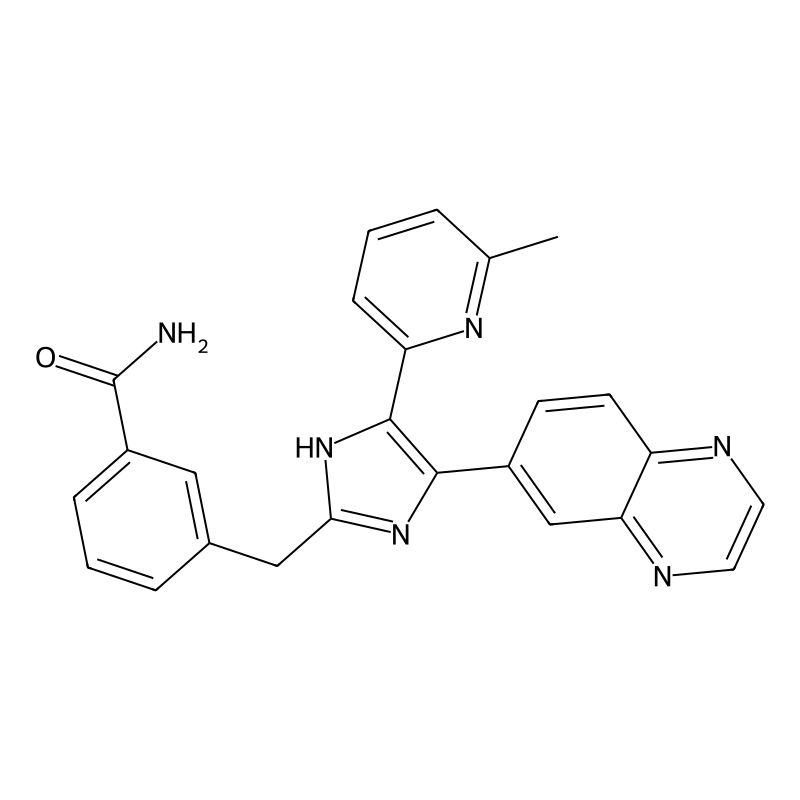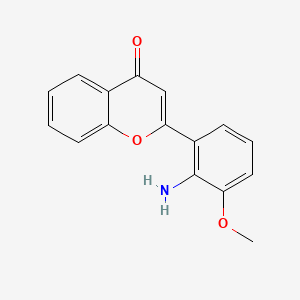MAPK Signaling Pathway
CAS No.:868612-83-3
Molecular Formula:C25H20N6O
Molecular Weight:420.5 g/mol
Availability:
In Stock
CAS No.:212631-79-3
Molecular Formula:C17H14ClF2IN2O2
Molecular Weight:478.7 g/mol
Availability:
In Stock
CAS No.:167869-21-8
Molecular Formula:C16H13NO3
Molecular Weight:267.28 g/mol
Availability:
In Stock
CAS No.:452342-67-5
Molecular Formula:C25H23N5O2
Molecular Weight:425.5 g/mol
Availability:
In Stock
CAS No.:553-03-7
Molecular Formula:C9H9NO
Molecular Weight:147.17 g/mol
Availability:
In Stock
CAS No.:29836-26-8
Molecular Formula:C14H28O6
Molecular Weight:292.37 g/mol
Availability:
In Stock





